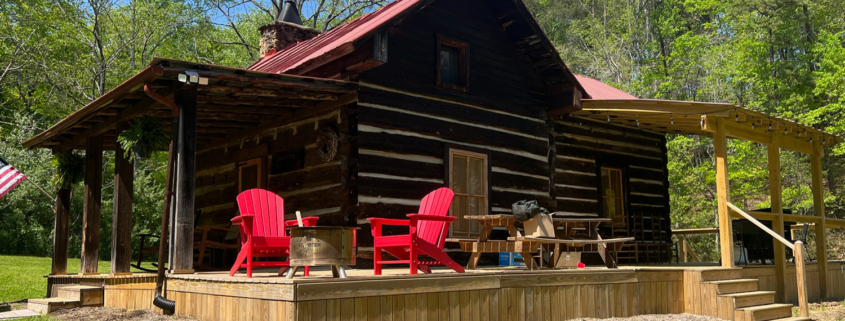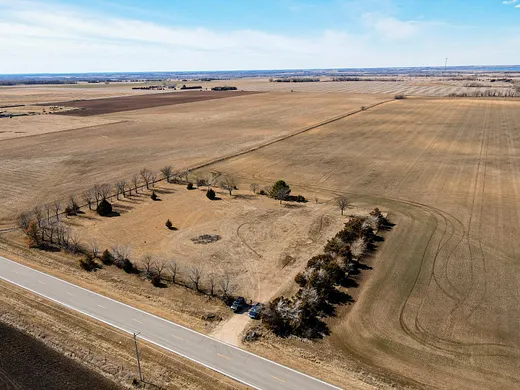
Constructing an off-grid log cabin is an exciting journey for those looking to live sustainably and independently. Though rewarding, it calls for careful planning, especially regarding legal, environmental, and practical construction aspects. This guide covers everything you need to know—from zoning laws and building permits to construction methods and setting up utilities—to help you establish an off-grid cabin in the U.S.
Navigating Legal and Zoning Requirements
Understanding local laws is fundamental when building off-grid. Here’s what to keep in mind:
- Zoning Regulations: Zoning laws define land usage and may restrict building in certain remote areas or require specific setbacks from roads and property boundaries. To verify zoning details, consult your county’s planning office or explore GIS maps available online. Rural areas often have more lenient zoning laws, but noncompliance can lead to fines or required modifications.
- Building Codes: Codes regulate construction standards for safety, health, and energy efficiency. In some states, like Colorado and California, even off-grid cabins must meet standard codes for features such as waste and ventilation systems. However, other states, such as Indiana, offer flexibility, allowing cabins built from natural materials, like logs, to bypass certain codes while maintaining safety.
- Permits and Inspections: Building permits are typically required for off-grid cabins, sometimes extending to electrical, plumbing, and septic systems. Detailed plans are usually submitted for approval, and site inspections may occur throughout construction to ensure compliance. Non-adherence could lead to fines or costly adjustments. Depending on local rules, special permits, such as those for water withdrawal, may also be required.
- Water Rights and Environmental Compliance: Some states can tightly regulate water usage. For instance, California and Minnesota require permits for wells or significant water extraction. Environmental restrictions may limit certain waste systems, such as greywater recycling, especially in ecologically sensitive zones.

Designing Your Cabin Layout and Energy Efficiency
- Layout: Off-grid cabins often favor a minimal, efficient design, keeping space and resources in mind. Choose a layout that maximizes natural light, ideally orienting windows to the south for passive solar heating during winter. Multi-functional spaces and lofts can make small cabins more versatile and livable.
- Energy Efficiency: High-quality insulation and weatherproofing are essential to reducing energy demands. Eco-friendly materials like reclaimed wood or recycled insulation contribute to both sustainability and the cabin’s overall durability.
Foundation and Log Wall Construction
- Foundation Choices: For remote locations, pier foundations or concrete slabs are common due to their stability and adaptability on uneven ground. Pier foundations, which use concrete footings and wooden posts, are both durable and easier to install in remote areas.
- Log Walls: Choose well-seasoned logs, ideally at least 10 inches in diameter, to minimize shrinkage. Popular methods for stacking logs include the saddle notch, for a classic rustic look, and the butt-and-pass, which uses rebar for extra support. The right choice will depend on your skill level and available resources.
Roof Installation and Insulation
- Roofing: For an off-grid cabin, a durable roof like a gable or A-frame style is ideal, as these designs shed snow and rain effectively. Metal roofing is often recommended due to its long lifespan and low maintenance.
- Insulation and Chinking: Effective insulation is key to comfort and efficiency. Natural materials like wool or spray foam are commonly used, while chinking, or sealing between logs, prevents drafts. Proper insulation significantly reduces energy needs in off-grid setups.
Establishing Off-Grid Utilities
- Water System: Rainwater harvesting is a common water source, using rooftop gutters to collect water into storage tanks. A filtration system, such as UV or carbon filters, is often needed for safe drinking water. Wells are another option but may require local permits, especially in states with strict water regulations.
- Energy Sources: Solar power is widely regarded as the most reliable energy source for off-grid homes, supplying power for lighting and small appliances. Depending on the natural resources around your site, wind or micro-hydro systems might also be viable. Invest in a quality battery system for energy storage, ensuring power during cloudy periods.
- Waste Management: Composting toilets and greywater recycling are commonly used in off-grid cabins. Composting toilets conserve water, though they must comply with health standards. Greywater systems can support garden irrigation but may require treatment to meet environmental regulations.
Furnishing and Safety Essentials
- Eco-Friendly Furnishings: To complement off-grid living, consider reclaimed or DIY furniture to minimize costs and environmental impact. Multi-functional pieces, like storage beds or folding tables, can be especially practical in a smaller cabin.
- Safety Supplies: In remote areas, it’s important to have emergency supplies like a first-aid kit, fire extinguisher, and smoke detectors. Having backup supplies, such as propane for heating, is also helpful for emergencies.
Building an off-grid log cabin is challenging but immensely rewarding. With careful planning, regulatory compliance, and a thoughtful design, you can create a comfortable, eco-friendly retreat. By balancing sustainable building practices with efficient use of natural resources, your off-grid cabin can offer a lasting, self-sufficient lifestyle immersed in nature.




Leave a Reply